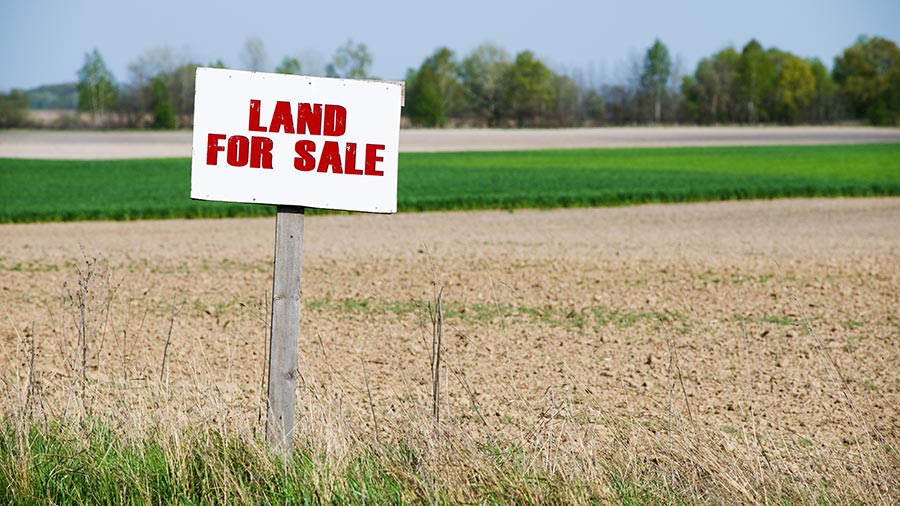Opinion: Regen farming only works for those who own land
 © AdobeStock/teal sun
© AdobeStock/teal sun I was amused when, in his last column, Stephen Carr described keeping a suckler herd as a gentleman’s profession since it struggles to make a return on capital.
This is true of many branches of agriculture, of course.
In the past half-century, the years have been rare where farms have created cash surpluses when you take account of all the capital and assets employed.
It is genuinely delightful to sit near a dairy farmer at a farming dinner at the moment and to see them smiling and talking about new Land Rovers.
See also: New packhouse rivals Gaudi’s Basilica in lateness
Agriculture is a great business to be in if you are already rich and want to stay that way. Buying land is a bit like burying gold; you need to have that gold first.
When we see someone metaphorically digging up gold from their land, it is easy to get confused and think they have actually grown it.
Historically, there have always been many more industrialists investing their profits in farmland than there have been farmers investing their profits in industry.
I have always viewed farming as a vocation and not a lifestyle choice. I didn’t start out with a large base of land or a pot of cash so I have always had to look first to the profitability of our activities.
We had a rotation of a range of arable crops on our farm 20 years ago. As the profitability of each fell, we dropped them one by one.
First combinable crops, then sugar beet, vegetables and finally potatoes, which we last grew in 2020.
No access to more land
Now, we grow 20 different flower crops in rotation. The reason for this was simple – we couldn’t get access to more land to expand our food-growing enterprises.
With prices of £50,000/ha to buy land and farm business tenancies at more than £700/ha, this is a very competitive area to farm. To stay farming something, we had to intensify production.
Now, I make my living renting ground from gentleman farmers, those who own farms or who hold Agricultural Holdings Act tenancies, to grow flowers for supermarkets.
I invest my profits in commercial property rather than land.
I have a bit more stress than a farmer with a 1,000-acre arable farm who mindlessly slays pheasants half the year, but it’s a way of creating wealth where it didn’t previously exist.
The difficulty for my farming system, indeed for anyone growing vegetables or root crops, is that it is suddenly unfashionable. It is difficult to get an invite to the “regenerative agriculture” party.
I have watched in admiration, and (I confess) silent fury, as continuous wheat production has rebranded itself as a glyphosate-powered, conservation miracle that will save humankind.
Results speak for themselves
The results, with yields and increased soil organic matter from farmers who have adopted minimum tillage, do speak for themselves though.
In this part of the world, we are seeing farmers drop root production from their rotation to convert to conservation methods.
My frustration is that “regenerative farming” only works for those gentleman farmers who own or have secure tenure on their land.
Market-orientated buccaneers, like myself, growing fresh produce in shared crop rotations, have a much greater challenge in working out how to implement these methods.
My aspiration to finally become one of the gentlemen farmers is thwarted yet again.

